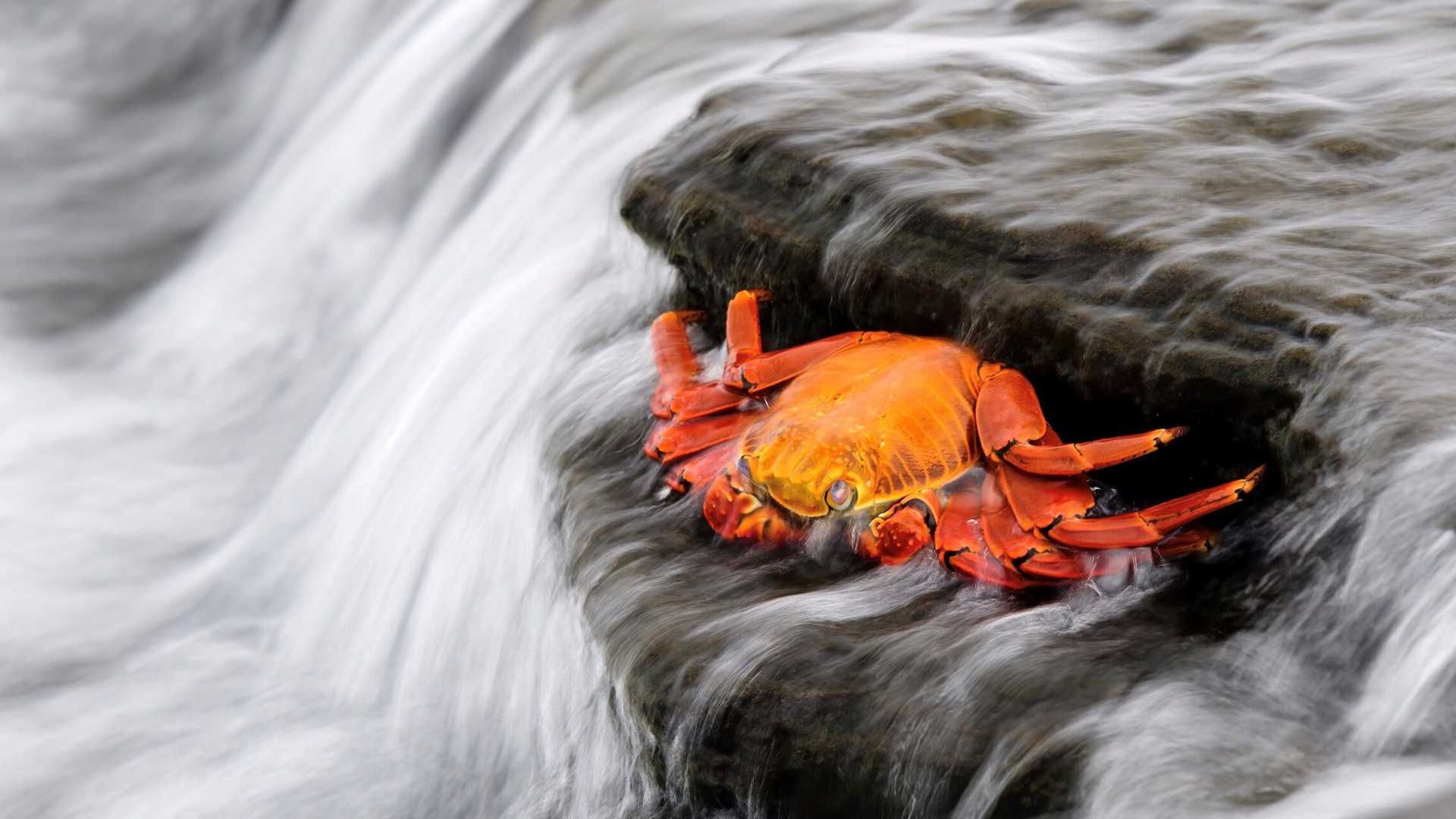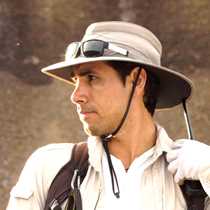The sun was rising behind Isabela Island, its rays beating down on the deck of National Geographic Endeavour II. Our anticipation was palpable as we approached the silhouette of Fernandina, the youngest island in the Galapagos. The raw and barren appearance is a stark contrast to the island’s rich natural history and geological significance.
From a distance, Fernandina appeared almost like a gigantic chunk of hardened lava, a testament to the volcanic activities that gave birth to it. Its ruggedness might fool the uninformed into thinking it desolate. However, we, with each step closer to shore, knew better.
As our boat kissed the shore, a spectacle of life greeted us. Across the vast stretches of blackened rocks, marine iguanas basked in the sun. Their dark, spiky bodies were perfectly camouflaged against the rocky backdrop. Some might say they are remnants of prehistoric times, perfectly preserved in the here and now.
Just a few feet away, the gentle sounds of sea lions nursing their young provided a soothing background score. The delicate bond between mother and offspring is a stark juxtaposition to the seemingly harsh backdrop of the island.
Suddenly, there was a flurry of motion in the sky. Looking up, we saw blue-footed boobies plunging like arrows into the clear water, emerging seconds later with fish glinting in their beaks. Their bright blue feet, almost neon against the azure backdrop, gave away their identity even from a distance.
As we trekked deeper into the island, we stumbled upon flightless cormorants engaged in a mesmerizing courtship dance. Their elaborate displays, intertwined necks, and mutual preening hinted at a connection deeper than mere survival.
The morning's adventures left us in awe, and as the sun approached its zenith, we made our way back to National Geographic Endeavour II. The promise of another thrill was in the air. It was time to snorkel off the rocky shores of Fernandina Island.
As we slipped beneath the waves, the underwater universe welcomed us. Pacific green sea turtles, graceful and ancient, swam around us. Their calm demeanor and gentle movements made our heartbeats synchronize with the rhythm of the ocean.
Nature had another surprise in store. As we journeyed back to the ship, the water around us began to ripple. A family of orcas emerged, their black and white bodies contrasting beautifully against the deep blue of the ocean. They breached, played, and for a few moments, we were privy to their private world.
The day was far from over. As afternoon segued into evening, National Geographic Endeavour II charted a course north, crossing the equator. To mark this significant moment, the ship's deck transformed into a sundeck. The golden hues of the setting sun set the stage for an evening of wine tasting.
The clinks of our glasses echoed the joy in our hearts. The day's events, though monumental, felt intimate and personal. Fernandina might be young in geological terms, but it imparted timeless memories.
As the sun dipped below the horizon, painting the sky in hues of orange, pink, and purple, we raised our glasses to Fernandina, to the Galapagos, and to the secrets and stories that await us in the days to come.







